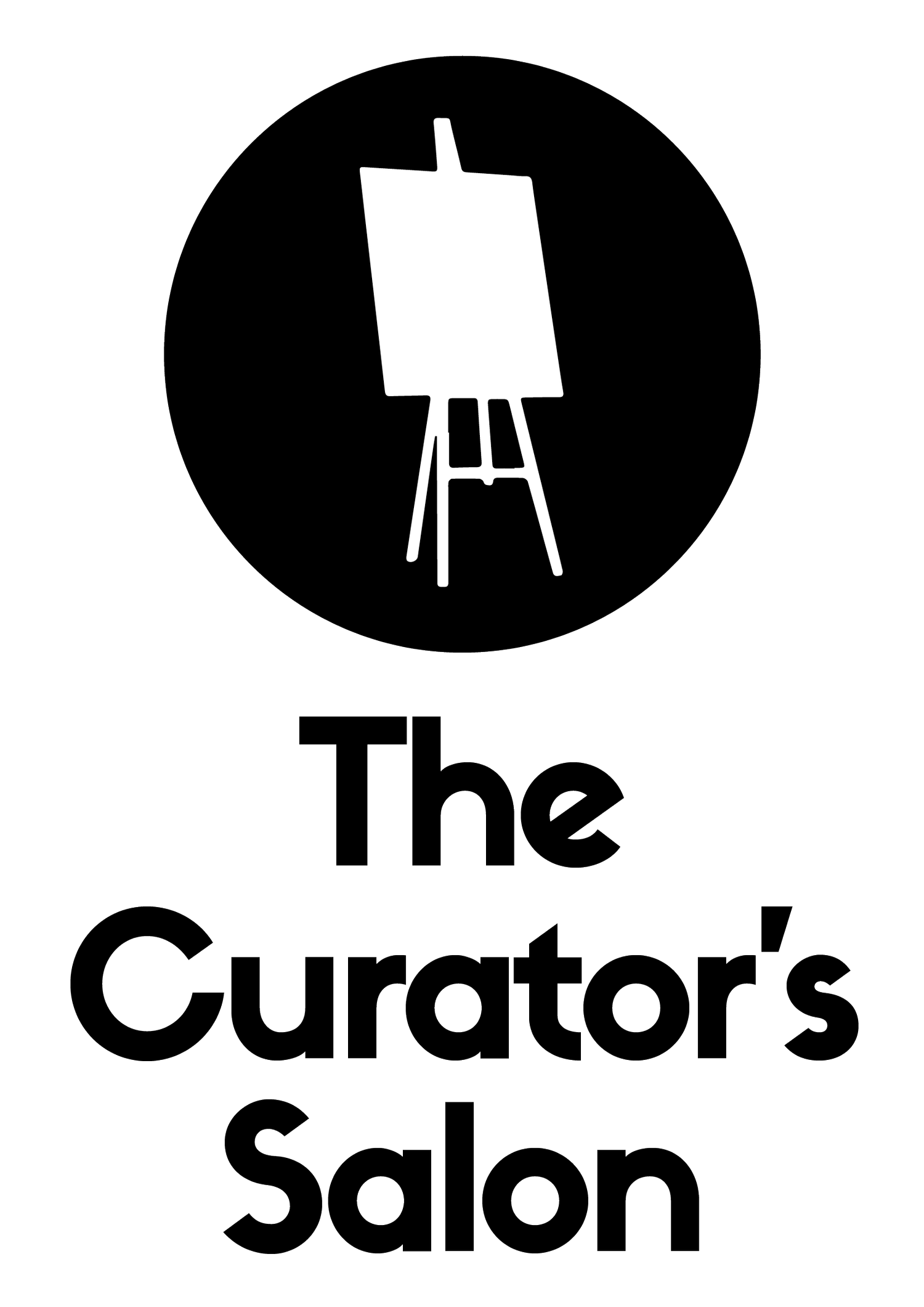Art Fairs Explained
Art fairs have a long history in Europe and today they are a mainstay of the global art market. In any other industry they may be described as trade fairs – a place where numerous vendors and buyers meet.
The Great Exhibition of 1851 is often cited as the starting point for the art fairs that exist today, though a European tradition of arts and crafts merchants and trading can be traced back much further. The major art fairs today set the art calendar in motion and then peripheral art activity – including exhibitions, events, and smaller fairs – begins to appear, creating an art buzz around the city. Which is great, if you are an art lover!
In London, what used to be called Frieze week – the week that Frieze art fair was in town – has become known as Art Week, and the F-word has been dropped.
TOP-END FAIRS
At the top end of the market are the big fairs – Art Basel and Frieze. Art Basel, named after the town where it first began in 1970, now takes place in Miami Beach and Hong Kong, and in 2022 adds Paris to its roster. Frieze began in 2003 in London and has since added New York, Los Angeles and Seoul to its locations.
These fairs lead the market, attract high-end galleries, and bring in international audiences. They present contemporary and historical works across all disciplines from sculpture, painting, photography and installation.
The events are enormous, frenzied, exhausting and at the same time, an absolute joy! Expect to see A LOT of art, by pretty much any artist you have seen on museum walls. The price tags can be staggering and it is reported there are actually only 10,000 people worldwide who actually purchase at these events. The rest of us just go for an eyeful and an art fix. For an artist to have their work presented at these fairs is in itself a major achievement, and as such is something many artists strive for.
MID PLAYERS
Fairs like Scope and Volta present galleries showcasing emerging artists and the tone is set by the exhibitors, with the audience that the fair attracts providing an opportunity to present the art outside of their own space and show it internationally. While these fairs mainly present galleries, you can often find a few artist-led booths at the events too. Scheduling of these fairs takes advantage of the audience that the high-end fairs bring to town, with Volta taking place at the same time as Art Basel in Switzerland, and Scope taking place at the same time as Art Basel Miami Beach.
Many online galleries show at fairs, taking advantage of the art fair circuit to dispense with the need for full-time premises. For many galleries, operating this model works well and cuts down on costs for staffing and overheads.
The hybrid fair where the gallery and artist may have booths alongside one another has often been a topic of heated debate amongst art dealers for two main reasons. Many feel the artists’ own booths can often lower the standard of the presentation across the whole fair.
Add to this, the artist’s ability to discount more than a gallery and you can see why art dealers don’t love them!
FOCUSED FAIRS
The last couple of decades have seen a rise in focused art fairs – those which present a niche; Photography: Photo London (May), Paris Photo (November); Works on Paper: Art on Paper, New York (September); Printmaking: Woolwich Contemporary Print Fair, London (November), INK Miami Art Fair (December).
ARTIST FAIRS
Artist fairs are those where the artists are self-representing and visitors can meet the artists and buy directly from them. I really do enjoy these fairs but the quality of the event and the exhibitors can vary. Good examples of these include The Other Art Fair and Superfine Art Fair.
Artist fairs can, however, be found in many cities, bringing together local artists under one roof in community centres or town halls. These fairs, while they vary in the visitor experience, are a great opportunity for the artists to step outside of their studio, exhibit their work, and connect directly with local audiences.
